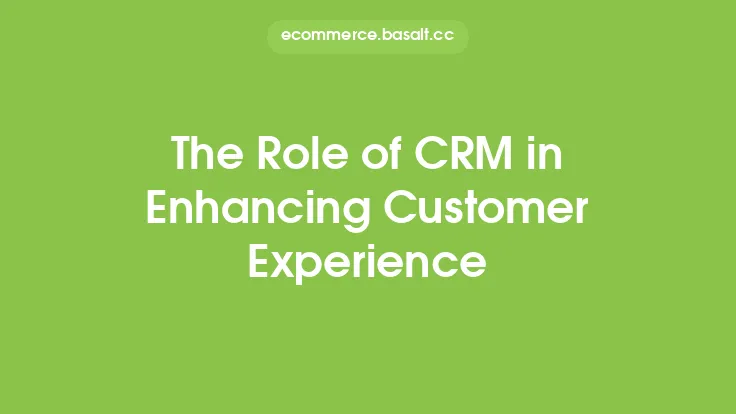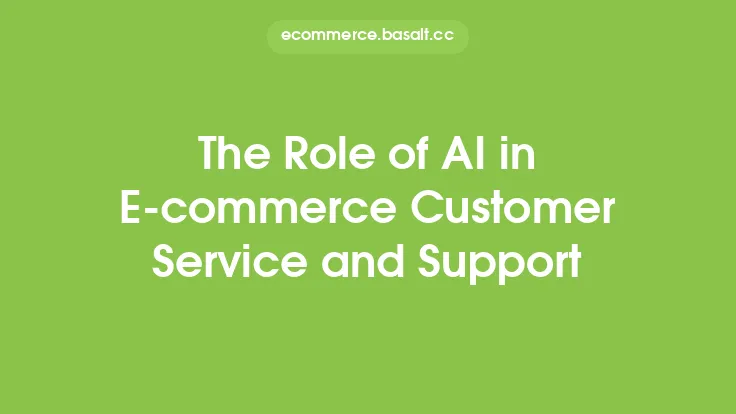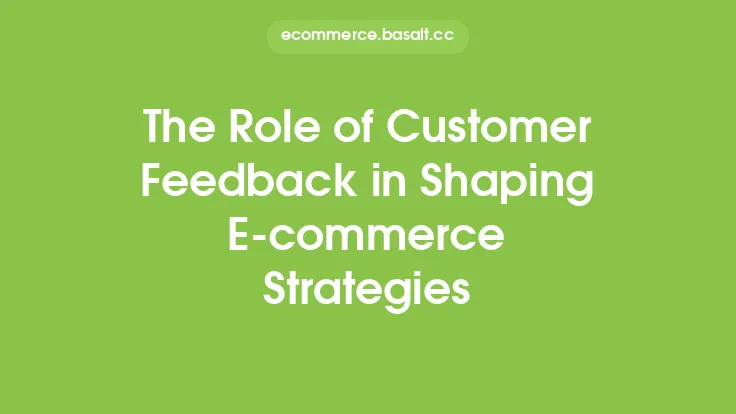In today's digital age, customer experience is a crucial aspect of any e-commerce business. With the rise of online shopping, customers have come to expect a seamless and personalized experience when interacting with brands. One key factor in delivering this experience is the effective management of product information. Product Information Management (PIM) plays a vital role in enhancing customer experience by providing accurate, consistent, and up-to-date product information across all touchpoints.
Introduction to Customer Experience in E-commerce
Customer experience refers to the overall perception a customer has of a brand, based on their interactions with it. In e-commerce, this encompasses everything from browsing and searching for products, to making a purchase and receiving post-sales support. A positive customer experience can lead to increased loyalty, retention, and ultimately, revenue growth. On the other hand, a negative experience can result in lost sales, damaged reputation, and decreased customer loyalty.
The Impact of PIM on Customer Experience
PIM has a direct impact on customer experience by ensuring that product information is accurate, consistent, and easily accessible. When product information is well-managed, customers can quickly find what they're looking for, and make informed purchasing decisions. This, in turn, leads to increased customer satisfaction and loyalty. Some of the ways PIM enhances customer experience include:
- Providing accurate and consistent product information across all channels and touchpoints
- Enabling customers to quickly find what they're looking for through robust search and filtering capabilities
- Offering personalized product recommendations based on customer preferences and behavior
- Ensuring that product information is up-to-date and reflects the latest product offerings and promotions
Key Benefits of PIM for Customer Experience
The benefits of PIM for customer experience are numerous. Some of the most significant advantages include:
- Improved product findability: With PIM, customers can quickly find what they're looking for, reducing the likelihood of frustration and abandonment.
- Enhanced product comparisons: PIM enables customers to easily compare products, making it simpler for them to make informed purchasing decisions.
- Increased customer trust: When product information is accurate and consistent, customers are more likely to trust the brand and feel confident in their purchasing decisions.
- Personalized experiences: PIM enables brands to offer personalized product recommendations, promotions, and content, leading to a more engaging and relevant customer experience.
Best Practices for Using PIM to Enhance Customer Experience
To get the most out of PIM and enhance customer experience, e-commerce businesses should follow best practices such as:
- Implementing a robust PIM system that can handle large volumes of product data
- Ensuring that product information is accurate, complete, and up-to-date
- Using PIM to personalize product recommendations and content
- Providing customers with multiple channels and touchpoints to interact with product information
- Continuously monitoring and analyzing customer behavior and feedback to improve the customer experience
The Future of PIM and Customer Experience
As e-commerce continues to evolve, the role of PIM in enhancing customer experience will only continue to grow. With the rise of emerging technologies such as artificial intelligence, augmented reality, and the Internet of Things (IoT), PIM will play an increasingly important role in delivering personalized, immersive, and interactive customer experiences. By investing in a robust PIM system and following best practices, e-commerce businesses can stay ahead of the curve and deliver exceptional customer experiences that drive loyalty, retention, and revenue growth.
Conclusion
In conclusion, PIM plays a vital role in enhancing customer experience in e-commerce. By providing accurate, consistent, and up-to-date product information, PIM enables customers to quickly find what they're looking for, make informed purchasing decisions, and feel confident in their interactions with the brand. As the e-commerce landscape continues to evolve, the importance of PIM in delivering exceptional customer experiences will only continue to grow. By investing in a robust PIM system and following best practices, e-commerce businesses can stay ahead of the curve and drive long-term success.





